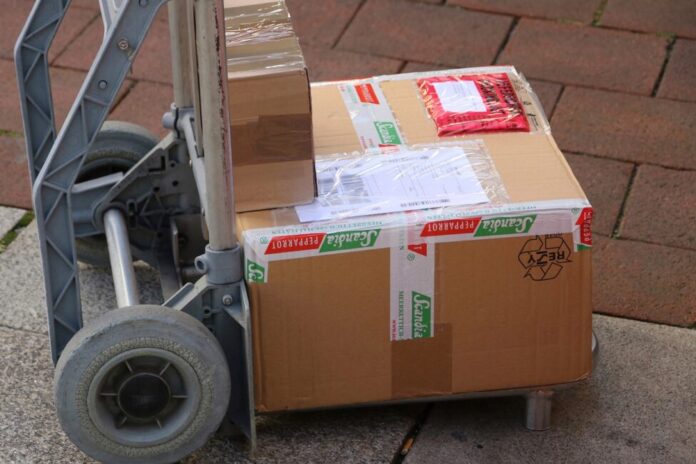The final phase of the delivery process is often trickiest to complete optimally. There are many variables thrown into the mix that could disrupt your best-laid plans, which is also the point at which customer satisfaction hangs in the balance.
It’s not enough to shrug your shoulders and accept imperfection at this point. So what can you do to make improvements to last-mile delivery?
Use Route Planning Software
Route planning is at the core of efficient delivery services, and so there is no excuse for overlooking the wealth of modern software solutions that have been developed to tackle this particular conundrum effectively. Even if your delivery routes are optimal, customers can still be dissatisfied with the experience if they are left in the dark about where their package is and when they can expect to receive it.
It’s not just about plotting a route that arranges the stops in a time and fuel-efficient manner, but also about leveraging a platform that takes traffic delays into account. With Circuit Route Planner and competing software packages, that is exactly what you get. As a result, the need for manual mapping has been removed, saving you time as well as money.
Keep Customers In The Loop
Even if your delivery routes are optimal, customers can still be dissatisfied with the experience if they are left in the dark about where their package is and when they can expect to receive it.
You can no longer give them a date for the delivery and expect them to be happy. Contemporary customers expect to have a more precise window of time within which their goods will turn up on their doorsteps, because this helps them plan their lives around it, rather than needing to be available from dawn until dusk.
Once again, with the right software you can do just that, sending out text alerts on the delivery day to indicate when they can expect their package to arrive, and even letting them see the location of their delivery driver on a map to provide even more info and precision.Â
Additionally, if unexpected delays occur, it is better to notify customers immediately. They will appreciate being informed of this, even if it is bad news.
Analyze Data to Make Improvements
Optimizing last-mile delivery is not a one-time thing but rather an ongoing process that should result in consistent improvements over time.
This is why you need to use the latest software to orchestrate your delivery operations and take advantage of the analytics features these platforms offer to pinpoint problems and find ways to fix them.
Looking into metrics like average stop-off time, typical travel time, and even cumulative fuel usage could highlight issues with your policies, technologies, and employee training.
Set Clear Standards
Talking of training, it is crucial to avoid a slapdash approach to last-mile delivery. Instead, embrace a unified, standardized set of procedures and policies that every team member adheres to from day to day.
These standards will obviously differ depending on the nature of your delivery operations, as well as the scale of your fleet and the size of your organization. However, unless there is clarity here, and unless policies are enforced, even the best delivery software in the world won’t help much.
Be Adaptable
Last of all, don’t be too rigid in your approach to last-mile delivery, or else you won’t be equipped to cope when unexpected events occur, and on-the-fly alterations need to be made.
Once again, software can help to an extent, but this also means giving delivery drivers the freedom to use their own intuition if the need arises, rather than blindly following procedures that are simply not fit for the circumstances they face.























